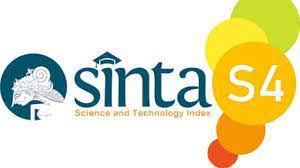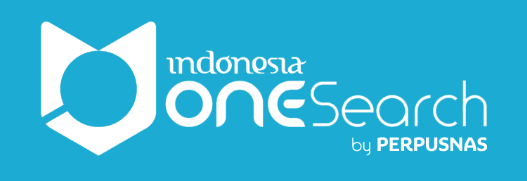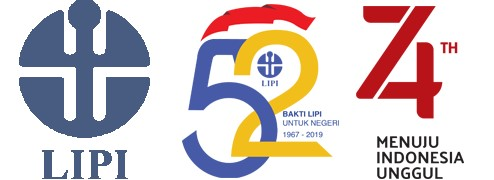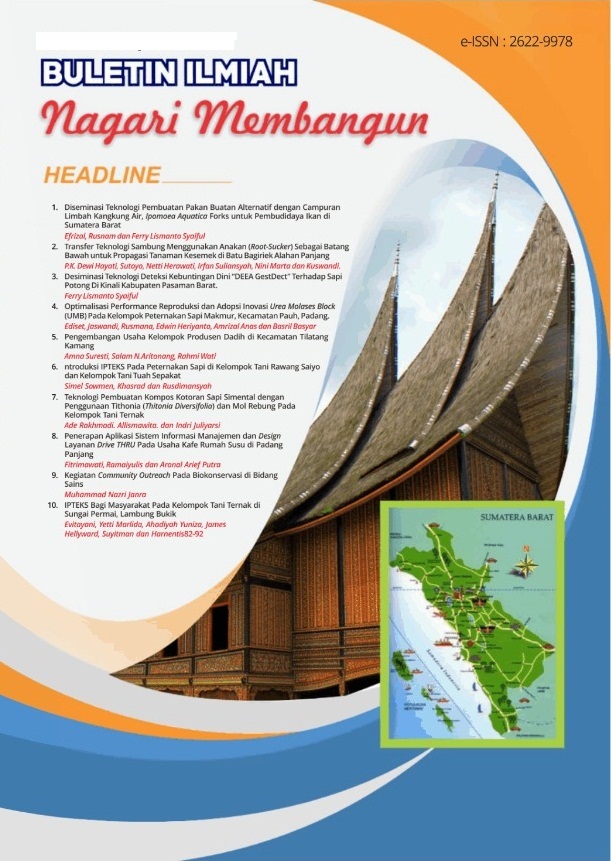SOSIALISASI PENGGUNAAN PUPUK ORGANIK CAIR BERBAHAN BAKU GULMA BABANDOTAN PADA KELOMPOK WANITA TANI BANDA LANGIK DI SUNGAI BANGEK KOTA PADANG
Abstract
Farmers commonly use inorganic fertilizers such as urea, rock phosphate, and NPK in crop cultivation. Continuous use of these inorganic fertilizers can degrade the quality of the growing medium and increase production costs. Inorganic fertilizers are also relatively expensive. One way to address this issue is by utilizing allelochemical compounds as Liquid Organic Fertilizers (LOF) for plant cultivation. Applying fertilizers in liquid form is more easily absorbed by plants because they are already dissolved and readily available. Babandotan liquid organic fertilizer contains essential nutrients such as nitrogen (N), phosphorus (P), and potassium (K). These elements play a crucial role in stimulating vegetative growth, promoting root development, and strengthening the plant's overall health. The objective of this activity is to enhance the knowledge of the members of the Banda Langik Women Farmers Group about liquid organic fertilizer made from Babandotan weed, as well as to fulfill the Higher Education Tri Dharma for lecturers in the Agrotechnology Program at the Faculty of Agriculture, Andalas University. This community service activity was conducted at the Banda Langik Women Farmers Group, located at Jl. Ekora RT01/RW07 Sungai Bangek, Balai Gadang Village, Koto Tangah District, Padang City, in May-June 2022. The activities performed included preparation, socialization, closing, and reporting. Based on the results of the activity, several key points were identified, including that the community service program was conducted according to the needs of the Women Farmers Group, the group was satisfied and found the service beneficial for their development in the future, and the group members were committed to using LOF in their cultivation areas.
Downloads
References
Ashari, Saptana, & Purwantini, T. B. 2012. Potensi dan prospek pemanfaatan lahan pekarangan untuk mendukung ketahanan pangan. Forum Penelitian Agro Ekonomi, 30(1): 13–30.
Dewanto, F.G., J.J.M.R. Londok., R.A.V. Tuturoong., & W.B. Kaunang. 2017. Pengaruh pemupukan anorganik dan organik terhadap produksi tanaman jagung sebagai sumber pakan. Jurnal Zootek, 32 (5) : 1-8.
Fitria, Y., B. Ibrahim., & Desniar. 2008. Pembuatan pupuk organik cair dari limbah cair industri perikanan menggunakan asam asetat dan EM4. Akuatik, 2(1): 23-26.
Hadisuwito. 2007. Membuat Kompos Cair. PT. Agromedia Pustaka, Jakarta.
Huda, M.K. 2013. Pembuatan pupuk organik cair dari urin sapi dengan aditif tetes (Molasse) metode fermentasi. Skripsi. Universitas Negeri Semarang, Semarang.
Hou, J., M. Li, X. Mao, Y. Hao, J. Ding, D. Liu, and H. Liu. 2017. Response of microbialcommunity of organic-matter-impoverished arable soil to long-termapplication of soil conditioner derivedfrom dynamic rapid fermentation of food waste. Plos One, 12(4).
Kementerian Pertanian. 2019. Persyaratan Teknis Minimal Pupuk Organik, Pupuk Hayati, dan Pembenah Tanah. http://simpel1.pertanian.go.id/api/dokumen/regulasi/dokumen-1579833905542.pdf
Lingga, P. & Marsono. 2003. Petunjuk Penggunaan Pupuk. Penerbit Swadaya, Jakarta.
Murbandono. 1990. Membuat Kompos. Penebar Swadaya, Jakarta.
Murtilaksono, A., Rika., & Hendrawan. 2020. Pengaruh pupuk organik cair babandotan (Ageratum conyzoides) terhadap pertumbuhan vegetatif akar hanjeli (Coix lacrima Jobi). Agripima: Journal of Applied Agriculture Science, 4(2): 164-170.
Prasetyo, D., & R. Evizal. 2021. Pembuatan dan upaya peningkatan kualitas pupuk organik cair. Agrotropika, 20(2): 68-80.
Priangga, R., Suwarno, dan N. Hidayat. 2013. Pengaruh level pupuk organik cair terhadap produksi bahan kering dan imbangan daun-batang rumput gajah defeliosi keempat. Jurnal Ilmiah Peternakan, 1(1): 365-373.
Purwendro & Nurhidayat. 2006. Mengolah Sampah untuk Pupuk Pestisida Organik. Penebar Swadaya, Jakarta.
Sihotang, R. H., D. Zulfita, & A.M. Surojul. 2013. Pengaruh pupuk organik cair terhadap pertumbuhan dan hasil kacang hijau pada tanah aluvial. Jurnal Sains Mahasiswa Pertanian, 2(1): 1-10.
Solihin, E., A. Yuniarti, & M. Damayani. 2019. Application of liquid organic fertilizer and N, P, K to the properties of soil chemicals and growth of rice plant. IOP Conference Series: Earth and Environmental Science, 393(1): 012-026.
Tanti, N., Nurhjannah, & R. Kalla. 2019. Pembuatan pupuk organik cair dengan cara aerob. ILTEK, 14(2): 2053-2058.
Umniyatie, S., D. Pramiadi., V. Henuhili., & Djuwanto. 2014. Pembuatan pupuk organik menggunakan mikroba efektif. INOTEKS, 1(3): 142-146.
Xuan, T.D., Shinkichi, T., Hong, N.H., Khanh, T.D., & Min, C.I. 2004. Assessment of phytotoxic action of ageratum conyzoides l. (billy goat weed) on weeds. Crop Protection, 23(10): 915-922.





















